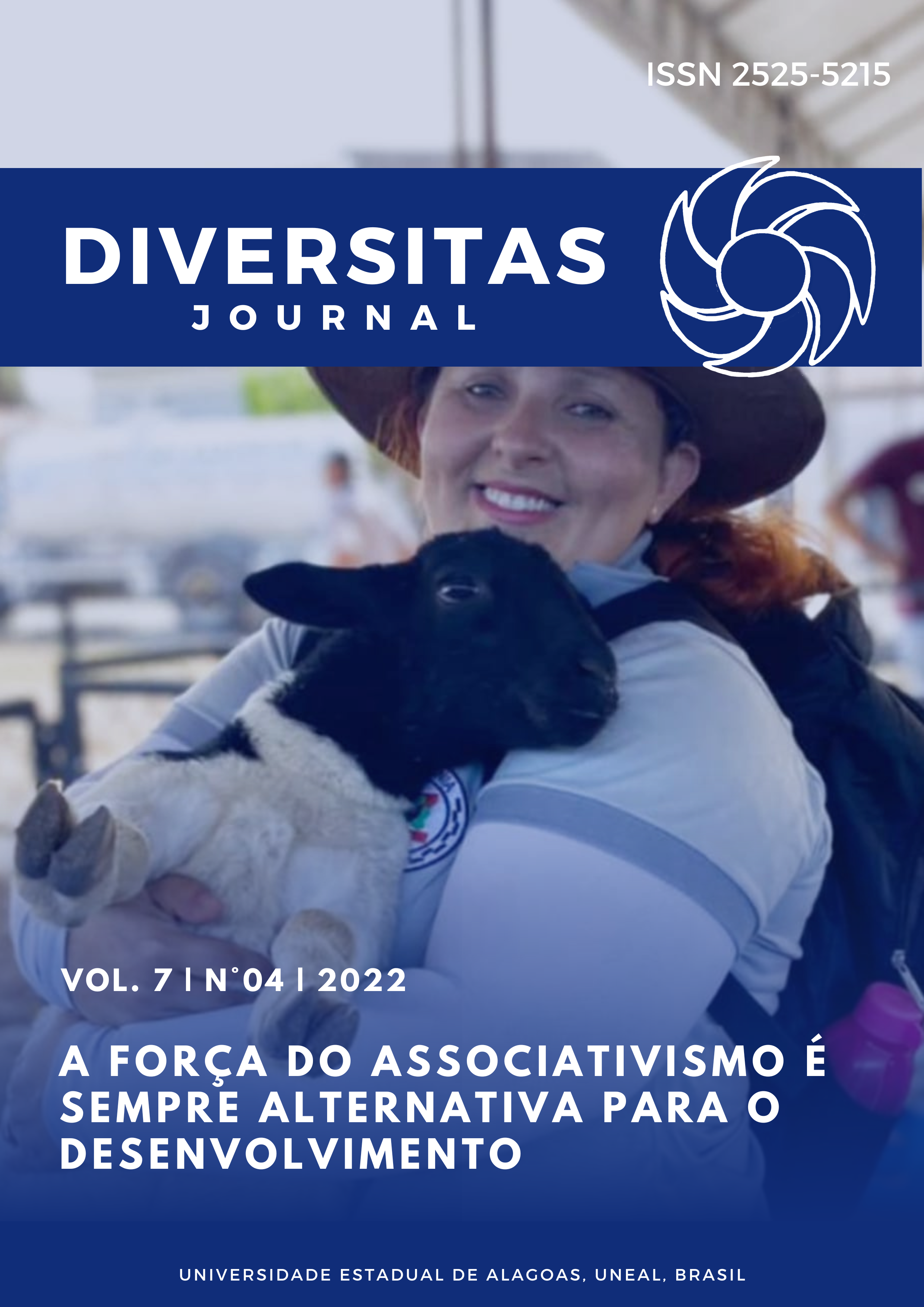Análise da demanda de acumuladores de energia utilizando séries temporais
DOI:
https://doi.org/10.48017/dj.v7i4.2360Keywords:
Demand forecasting, forecasting methods, temporal series, energy accumulatorsAbstract
The use of statistical methods for forecasting demand helps managers in decision making, especially when it is necessary to carry out production planning. Therefore, it is extremely important to know the demand for a particular product, especially when it comes to lines of jobbing production systems in which transforming resources are shared between products. Following this idea, the manufacturing time of the products plays a relevant role both for the production programming to avoid incurring higher costs incurred in storage, obsolescence, among others. In order to overcome these difficulties by providing information on future sales of the product to the decision maker, this work uses time series of demand that were provided by the manufacturer of energy accumulators to forecast the demand for batteries. The study was aided by forecasting methods. Among these methods, the autoregressive integrated time series method – ARIMA – stands out, which was used and evaluated the accuracy of its forecasts. However, it was found that the additive Holt-Winters method presented the best fit for the data of this research. With the application of this methodology, it is expected to contribute to the efficiency of the programming of manufacturing processes.
References
Bandura, E., Bueno, J. C. M., Jadoski, G. S., & Junior, G. F. R. Aplicações do modelo ARIMA para esta-tística na análise de dados em série temporal. Pesquisa Aplicada & Agrotecnologia, Guarapua-va-PR, v.12, n.3, p.145-150, Set-Dez., 2019. DOI: 10.5935/PAeT.V12.N3.15.
da Silva, D. A., & Costa, D. F. (2016). A utilização do modelo Holt Winters na elaboração de um orça-mento de resultado de uma cooperativa de crédito rural. Anais Do Congresso Brasileiro De Cus-tos - ABC. Recuperado de https://anaiscbc.emnuvens.com.br/anais/article/view/774
Earnest, A., Chen MI, Ng. D., & Sin, L. Y. (2005). Using autoregressive integrated moving average (ARIMA) models to predict and monitor the number of beds occupied during a SARS outbreak in a tertiary hospital in Singapore. BMC Health Services Research, 5(1), 36.
Henning, E., Alves, C. C., & Konrath, A. C. (2010). Previsão de vendas de rodízios para móveis em uma empresa de médio porte. In: ICPR AMERICAS - 5th Americas International Conference on Pro-duction Research, Bogotá, Colômbia. Proceedings... Bogotá: 2010.
Moreira, D. A. (2011). Administração da Produção e Operações. (2a ed.). Cengage Learning.
Nepomuceno, T. C. C., de Moura, J. A. & Silva, L. C., Costa, A. P. C. S. (2017). Alcohol and violent be-havior among football spectators: An empirical assessment of Brazilian’s criminalization. Inter-national Journal of law, crime and justice (51), 34-44.
Nepomuceno, T. C. C., Garcez, T. V, Silva, L. C., & Coutinho, A. P. (2022). Measuring the mobility im-pact on the COVID-19 pandemic. Mathematical Biosciences and Engineering, 19(7), 7032-7054. doi: 10.3934/mbe.2022332
Queiroz, A. A. & Cavalheiro, D. (2003, 21 a 24 de outubro). Método de previsão de demanda e detecção de sazonalidade para o planejamento da produção de indústrias de alimentos [conferência]. XXIII Encontro Nac. de Eng. de Produção - Ouro Preto, MG, Brasil, pp. 1-8.
Rasgdale, C. T. (2009). Modelagem e Análise de Decisão. Cengage Learning.
Souza, G.P., Samohyl, R.W., & Miranda, R. G. (2008). Métodos Simplificados de Previsão Empresari-al. Editora Ciência Moderna.
Tubino, D. F. (1997). Manual de Planejamento e Controle de Produção. Atlas.
Veríssimo, A., Alves, C. C., Henning, E., Do Amaral, C. E., & Da Cruz, A. C. (2012). Métodos estatísticos de suavização exponencial holt-winters para previsão de demanda em uma empresa do setor metal mecânico. Revista gestão industrial, 8(4).
Additional Files
Published
How to Cite
Issue
Section
License
Copyright (c) 2022 Susane de Farias Gomes

This work is licensed under a Creative Commons Attribution 4.0 International License.
The Diversitas Journal expresses that the articles are the sole responsibility of the Authors, who are familiar with Brazilian and international legislation.
Articles are peer-reviewed and care should be taken to warn of the possible incidence of plagiarism. However, plagiarism is an indisputable action by the authors.
The violation of copyright is a crime, provided for in article 184 of the Brazilian Penal Code: “Art. 184 Violating copyright and related rights: Penalty - detention, from 3 (three) months to 1 (one) year, or fine. § 1 If the violation consists of total or partial reproduction, for the purpose of direct or indirect profit, by any means or process, of intellectual work, interpretation, performance or phonogram, without the express authorization of the author, the performer, the producer , as the case may be, or whoever represents them: Penalty - imprisonment, from 2 (two) to 4 (four) years, and a fine. ”


















